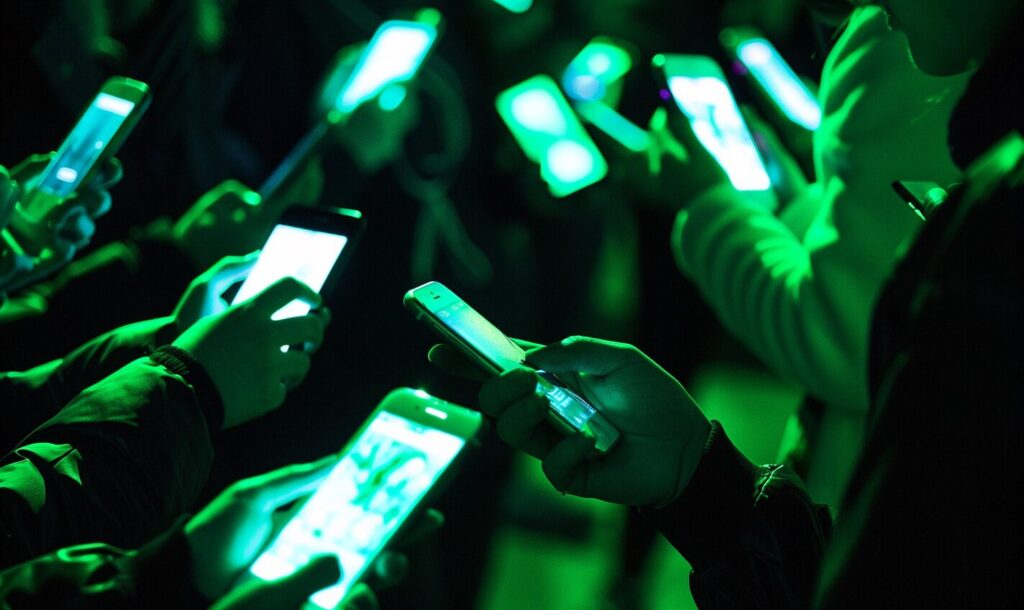Technology is constantly changing the way we live. It seems the tech industry releases some game-changing innovation every year . Even though you’re probably familiar with —and used to — most disruptive technology examples, you can’t deny they’ve all had some kind of permanent impact.
What Is Disruptive Technology?
Disruptive technology describes any innovation that creates a new market and a new value network, disrupting the old ones. It transforms a product, solution or service that, in the past, was too complicated to design or scale due to high prices.
Due to this exclusivity, only the wealthy could afford the technology. But as it becomes disruptive, it also becomes simpler, more affordable and more accessible. Thus, it entirely disrupts the norms and skyrockets to the top of the market for all to afford, utilize and enjoy.
What Are Examples of Disruptive Technology?
Here are disruptive technology examples that have recently changed or are changing the way people live.
1. Video Streaming
Video streaming has been around for about 20 years. But it wasn’t always as popular as it is now, which is what makes it a disruptive innovation.
Video streaming began at the bottom of the market. No one was investing in it and it had limited selections and abilities. Essentially, there was no reason to purchase it if you didn’t have excess money.
Then Netflix stepped onto the scene and slowly started to change the game. YouTube followed soon after. Now, every big and small company is trying to launch its own streaming service.
In fact, streaming is now more popular than cable in the United States. This is how it became disruptive. It started as an industry trailing behind rental stores and is now the central platform to consume visual media.
2. Ridesharing
Ridesharing took the idea of taxis and brought it to everyday drivers. It started small, only operating within a few countries at first. Then it took off as more and more people discovered the benefits.
First, not all places have taxis to pick you up on a few minutes’ notice. Second, ridesharing has become typically cheaper than taxis. So, now you can call your ride from the app and get to where you need to go for a reasonable price.
Uber and Lyft are the most popular apps for ridesharing. They led the way for ridesharing transportation, and now other companies are following in their footsteps.
3. Robotics
Robotics is a branch of engineering technology that focuses on the development, production and operation of robots. These robots usually have audio and visual sensors, dexterity and significant intelligence.
Robotics offers a prime example of disruptive technology because of its previous perceived difficulty and exclusivity. With the rise of investments into robotics, however, the industry has developed more affordable solutions to help with everyday life.
Robotic limbs and prosthetics, robotic surgical systems and security systems are just a few examples of how robotics could change someone’s life.
4. Virtual Reality
While the first three examples have already disrupted their markets, virtual reality (VR) is an example of tech that is currently in the process of creating its own. VR involves computer-generated simulations and the ability to interact with a lifelike 3D environment through a headset or other visual aid.
VR allows people to see virtual realities that may mimic a real environment or create an entirely new one. This advancement has helped the gaming and entertainment industries take their content to the next level. It’s also coming into play with car companies, interior designers and more. As it rises to the top of these industries, it is disrupting multiple markets and forging a path of its own.
5. 3D Printing
3D printing is another industry that is here to stay, disrupting the methods and technologies of both standard printers as well as entire industrial manufacturing processes. This technology consists of creating a physical, three-dimensional object from a computer model.
With the blueprint, the printer creates layer upon layer of the object with resin, plastic or a powdered metal to mold the shape. With its advanced capabilities, 3D printing is quickly becoming a hot commodity.
Though perhaps still in the early stages of disruption, it is nevertheless making a splash in the industry. Architects, doctors, designers and others are all finding uses for 3D printing. For example, “bio-printing” may be able to print human tissue in the near future.
Something like 3D printing could go a long way for both recreations as well as saving lives. And it’s only just getting started.
What Will Disrupt the Industry Next?
There are constant innovations happening all the time. Some are more behind-the scenes than others and may surprise you. Things like high-speed transportation, virtual education and LiFi are all gaining traction and are sure to impact everyday life in the future. Disruption is everywhere. What comes next will always change the game.
Recent Stories
Follow Us On
Get the latest tech stories and news in seconds!
Sign up for our newsletter below to receive updates about technology trends














